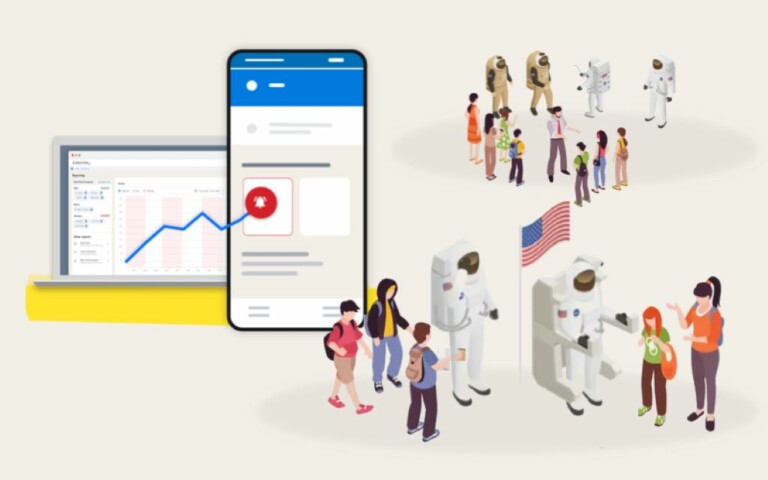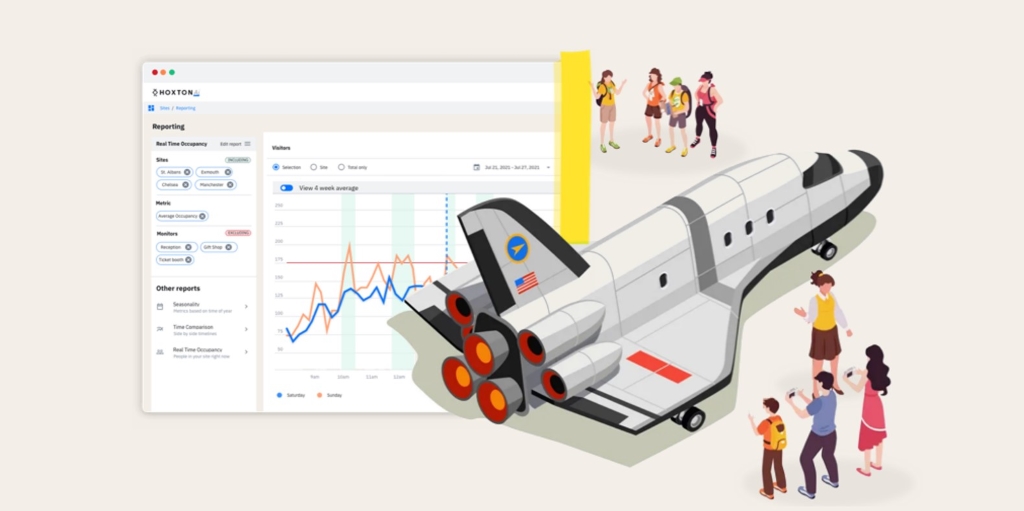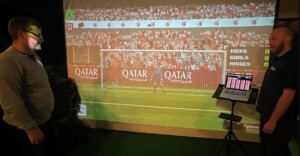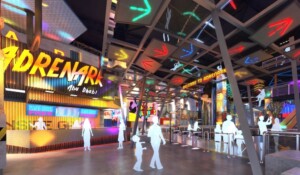HoxtonAi, the occupancy monitoring specialist, has helped fuel the continued growth of a leading science centre in Wales by providing enhanced access to visitor behaviour data.
At the beginning of 2020, Techniquest was in the midst of planning a major building extension when lockdown forced the museum to temporarily close. The plans were to double the floor space, making room for more interactive exhibits which would draw in new crowds.
Post-COVID, capacity management was a key issue for attractions around the world. So, as well as investing in a new look, Techniquest turned to HoxtonAi to gather occupancy data, allowing it to gain a commercial advantage by boosting the number of guests that the venue could accommodate in each time slot.
Once Techniquest’s head of commercial development, Gareth McTiffin, viewed the data, he saw that the attraction had the ability to admit more guests, while still keeping them safe:
“Once we saw the graph, we realised we were able to admit 50% more visitors in the first time slot to get capacity up quickly,” he says. “We also added 20% more tickets to the other time slots. Having access to data that we never had before and being able to make decisions based on that data is reassuring to everyone in our organisation.”
Actionable insights
This data goes hand in hand with the museum’s new ticketing system, installed as part of the refurbishment project as a way of modernising the admissions process. The previous system involved admitting visitors until staff felt it was at capacity, and from then on, the admissions desk would transition to a one-in-one-out policy, resulting in entrance queues.
Armed with data from HoxtonAi, the attraction can now utilise the time-slotted ticketing system to smooth out the flow of guests throughout the day.
In using HoxtonAi’s solution to monitor site occupancy, Techniquest was able to make a number of discoveries and act on these. For instance, the data indicated that the attraction didn’t fill up to maximum capacity when it opened, even when sold out. McTiffin found out that it takes about two hours to get up to maximum capacity, and after midday, this figure stays relatively consistent throughout the day. The data also showed high exit numbers between 1 and 2 pm which caused a low point in occupancy around 2 pm.
Building on these insights, the attraction has now been able to implement a number of effective changes. For instance, to counter the slope towards the end of the day, Gareth has introduced a discounted 3 pm rate. In doing so, more people are encouraged to visit which keeps occupancy levels high.
A balancing act
In addition to monitoring occupancy, the attraction also monitors the guest experience through the Net Promoter Score (NPS), using a post-visit survey. These insights are vital when it comes to setting capacity limits. For instance, McTiffin knows that the longer guests have to wait to see an exhibit, the more the NPS will dip:
“It’s an ongoing balance between how many tickets we’re able to sell, [visitor] engagement on the floor, and keeping an eye on the NPS score.”
When changing capacities, McTiffin can now check these against the NPS, and he plans to increase admissions further before the end of the year.
In 2018, Techniquest was one of six UK institutions announced to benefit from the government’s £13 million Inspiring Science Fund along with Leicester’s National Space Centre, Glasgow Science Centre, and Catalyst Science Discovery Centre and Museum in Widnes.
HoxtonAi uses accurate occupancy data to help some of the world’s leading museums maximise ticket sales, save on staffing and improve layout. It enables operators to access real-time information on how many people are in their spaces at any given time, as well as historical data. Using these insights, museums are able to make impactful changes in order to boost their visitor numbers and enhance the guest experience.















